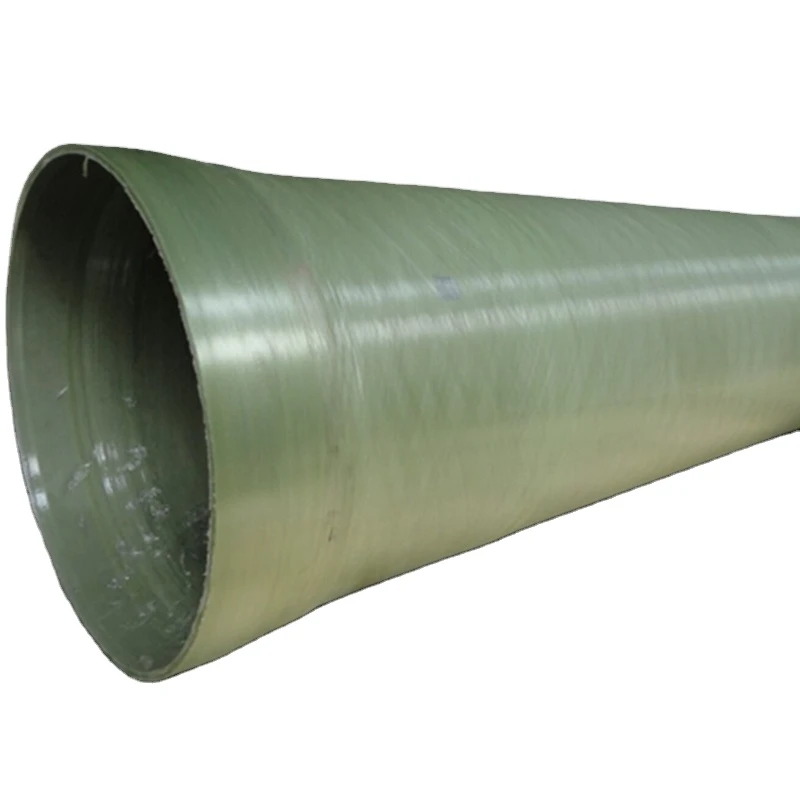In the world of water management and purification, the raw water tank stands as a pivotal component, instrumental in ensuring the efficient storage and treatment of water before it undergoes further processing and purification. As an essential element in various industrial, municipal, and residential applications, understanding the intricacies and benefits of a raw water tank can provide significant advantages in terms of operational efficiency and water quality.

Raw water tanks are designed to store untreated water from natural sources such as lakes, rivers, and reservoirs.
These tanks play a crucial role in the preliminary stages of water treatment processes. By holding raw water, they allow for the sedimentation of particles and the initial adjustment of water chemistry, setting the stage for subsequent purification stages. This makes them indispensable in facilities ranging from water treatment plants to agricultural and commercial sites.
Real-world experiences highlight the benefits of using raw water tanks. For instance, in municipal water treatment facilities, professionals attest to the importance of raw water tanks in managing fluctuations in water demand and supply. During periods of heavy rainfall, these tanks serve as buffers, accommodating excess inflow and preventing overloading of subsequent treatment infrastructure. Conversely, during droughts or low-flow conditions, they provide a reserve that ensures continuous access to water resources.

From a technical perspective, the expertise in selecting and maintaining raw water tanks cannot be overstated. Material selection is crucial—stainless steel, concrete, and polyethylene are commonly used materials, each offering distinct advantages based on specific requirements like durability, chemical resistance, and maintenance. Stainless steel tanks, for example, are renowned for their robustness and longevity, making them a preferred choice in industrial settings. On the other hand, polyethylene tanks are valued for their flexibility and cost-effectiveness, particularly in less demanding applications.
Installation of a raw water tank requires careful consideration of several factors, highlighting the need for professional expertise. Site assessment is critical to ensure proper foundation and support, preventing issues such as settling or tilting that could compromise tank integrity. Additionally, professionals must consider factors such as tank size, shape, and configuration, all tailored to meet the specific needs of the application while maximizing space and efficiency.
raw water tank
Authoritativeness in the domain of raw water tanks is cemented by adherence to industry standards and guidelines. Compliance with standards such as those set by the American Water Works Association (AWWA) and the Environmental Protection Agency (EPA) assures that tanks meet rigorous quality and safety benchmarks. This compliance not only enhances the reliability and performance of the tanks but also bolsters the credibility of the providers and operators engaged in their deployment and maintenance.
Trustworthiness is further reinforced by ongoing quality assurance and regular maintenance regimes. Operators frequently conduct inspections to detect signs of wear, corrosion, or other potential defects that could affect performance. Proactive maintenance, including cleaning and repairs, ensures longevity and consistent functionality, safeguarding the water supply from contamination risks and operational disruptions.
Incorporating technological advancements can significantly augment the functionality of raw water tanks. Modern monitoring systems equipped with sensors and IoT technology provide real-time data on water levels, temperature, and quality. Such data-driven insights enable operators to optimize tank performance, predict maintenance needs, and respond promptly to any irregularities, thereby enhancing both operational efficiency and water quality.
The role of raw water tanks extends beyond storage; they are vital components in the broader context of water sustainability and conservation. By facilitating efficient initial processing, they contribute to minimizing resource wastage and promoting eco-friendly water management practices. This aligns with global efforts toward sustainable development and responsible resource utilization, underscoring the significance of these tanks in modern water systems.
In conclusion, the raw water tank is a cornerstone of effective water management, combining the principles of engineering, compliance, and sustainability. Its strategic role in pre-treatment processes, coupled with advancements in materials and technology, underscores its importance across various sectors. By prioritizing expert knowledge and rigorous standards, stakeholders can ensure that raw water tanks continue to play a pivotal role in delivering safe, reliable water resources to communities and industries worldwide.




